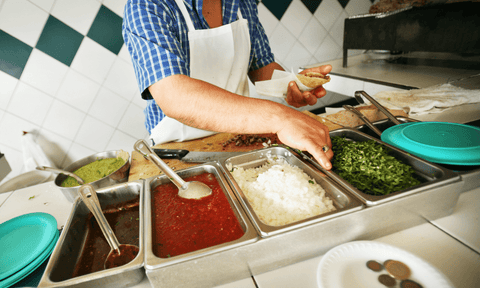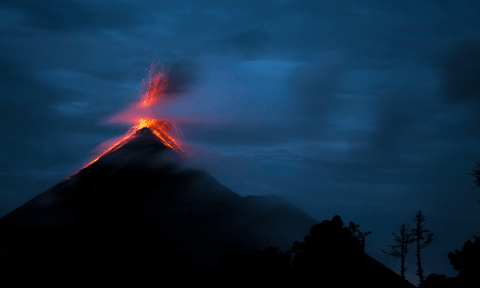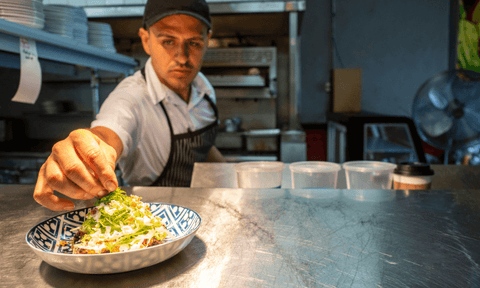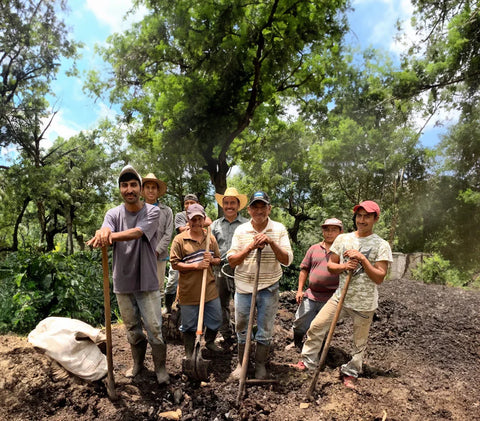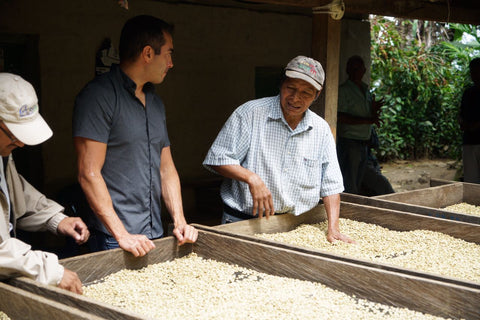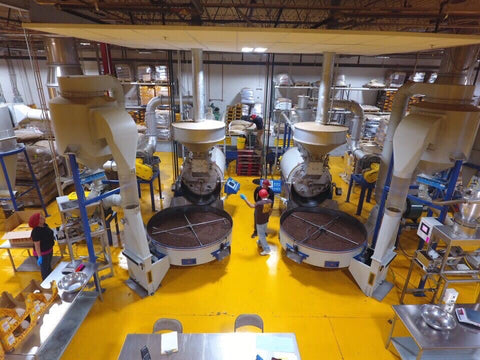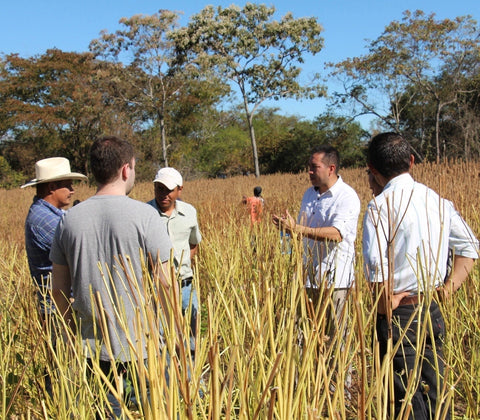ORGULLO LATINO
Reading time: 4 minutes
The World's Most Adored Superfoods are All from Latin America
While we've been snacking on quinoa and chia for hundreds of years, the rest of the globe has only recently discovered the health benefits of our native foods.
It's safe to say that many of us were a little confused when we woke up one morning to the concept of "superfoods".
Super what?, we asked.
Jump to:
(Re)discovering Ancient Nutritional Powerhouses
Avocado and açaí, lcuma and aguaje, maca root and spirulina, quinoa and chia: suddenly these were not simply foods we ate everyday. Oh no, they were superfoods and their health benefits were touted far and wide by all.
Long ignored by the West, it seemed as though overnight these native foods in popular demand.
Why the sudden fuss? After all, we've always known that these foods were healthy - that's why we've been consuming them for hundreds of years.
It seems we were (once again) ahead of the pack.
"Although I don't see the term 'superfood' appearing here as often as it appears in the US, these ingredients are common in food recipes in Latin America," says Cristina Leonhardt, head of marketing and innovation at food consultancy Tacta Food School.
She adds that these ingredients are so ingrained in our culinary traditions (take Ecuador, for instance, where quinoa is a traditional soup ingredient and doesn't enjoy any "super" status) that consumers aren't used to seeing them highlighted on packaging.
Rich in compounds such as antioxidants, fiber, and fatty acids, superfoods have been labeled as such in answer to the mass-produced, factory-farmed food of contemporary society.
As Jenny Silva, co-owner of US-based health food store Malinalli Superfoods, says: "This is the real fast food you should eat".
Simply put, people are learning that superfoods are healthier, tastier and in higher demand than many other foods that offer little nutritional value.
And while the demand for these ingredients has gone supernova, its production is still rooted in Latin America, where Cristina believes there are even more superfoods non-Latinos haven't heard of. Yet.

One Person's Fad is Another's Culinary Heritage
Perhaps one of the most interesting things about many superfoods is that they have long been part of ancient Mesoamerican cuisine and have always formed part of our basic diet.
As Folklife journalist Marisol Medina-Cadena notes: "Authentic Mexican food, for example, is often considered to be meat-heavy and fried, ignoring a rich cuisine of wholesome plants like nopales, chayote, quelites, and squash. Most consumers don’t realize these foods are ancient to Mesoamerican cultures.
"For some of us, quinoa, lentils, tofu, collard greens, chia seeds, and other 'hip health foods' have long been staples; we've unintentionally practiced vegetarianism and veganism without even using these terms."
Take quinoa, for example, a seed native to the Andes plateau. It has always been present in traditional Peruvian and Bolivian soups and stews. In fact, according to Quinua Andina, a book published by the Bolivian government, there are historical records indicating that quinoa was successfully cultivated in the region between 3,000 and 4,000 years ago.
Now, it is a popular substitute for rice and forms part of a new culinary trend known as Novo-Andean food.
Avocado is another popular Latin American fruit that has received cult foodie status in recent years. A long-time main ingredient in guacamole and guasacaca, today, it is the most photographed food on Instagram and best known as a topping for toast.
Rich in monounsaturated fats that increase good cholesterol and decrease harmful triglycerides, avo is perhaps one of the most popular superfoods of our generation.
Another example is the açaí, a small fruit native to the Amazon rainforest. Nowadays, many athletes consume the berry for a boost of energy, calcium, magnesium and potassium, yet native Amazonian tribes have been harnessing the health benefits of the antioxidant-rich fruit for thousands of years.

The Superfood Paradox: Empowerment and Appropriation
The increase in demand for these products has, of course, had a positive economic impact on producers and farming communities where these foods are grown.
One such farmer is Ricky Echanique. A fifth-generation Ecuadorian farmer, Ricky established Mikuna, which sells chocho, an ancient protein consumed by our people living in the Andes mountains, to the US.
Naturally regenerative, chocho is farmed sustainably by many communities still living in the region and is a rich source of protein, nutrients, and fiber.
But it is not only farming communities in Latin American countries that have benefited directly.
Increased awareness and interest in superfoods have helped kickstart innovative food-driven projects that have a huge impact on entire countries.
The Cumari social gastronomy project in the Amazon rainforest is one such project. By highlighting the native cuisine of the area, Cumari's founders have found a way to protect traditional food production and the environment, both of which are threatened by development and industrial agriculture.
And while we are all happy about the positive impact the superfood trend has had on our countries and cultures, some of us are also justifiably annoyed. Because it seems like once again our native ingredients are being misappropriated – many argue that giving it the title "superfood" strips it of its native heritage and cultural connections.
Chef and author Freddie Bitsoie believes food sovereignty starts with education and, as such, is on a mission to teach consumers where food is from and how it is cultivated.
"It's important because it has a lot to do with pride in one's own culture, pride in one's land," Freddie says, noting that consumers have a shared responsibility to uplift the food and those who grow it.
Marisol agrees that it is important to claim these foods as ours, saying that "passing on these recipes is a means of preserving histories, memories, and stories".
"This food is of our ancestors," Jenny adds. "Our business is about bringing awareness that this food is actually in our DNA."
So, next time someone asks, where's quinoa from, remember, the answer is not Wholefoods.


